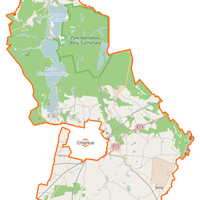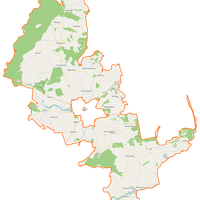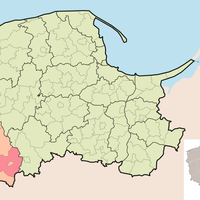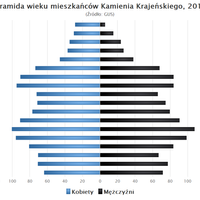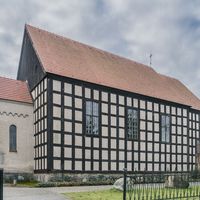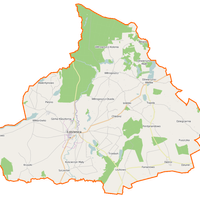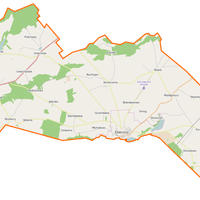Krajeński Landscape Park
7.31
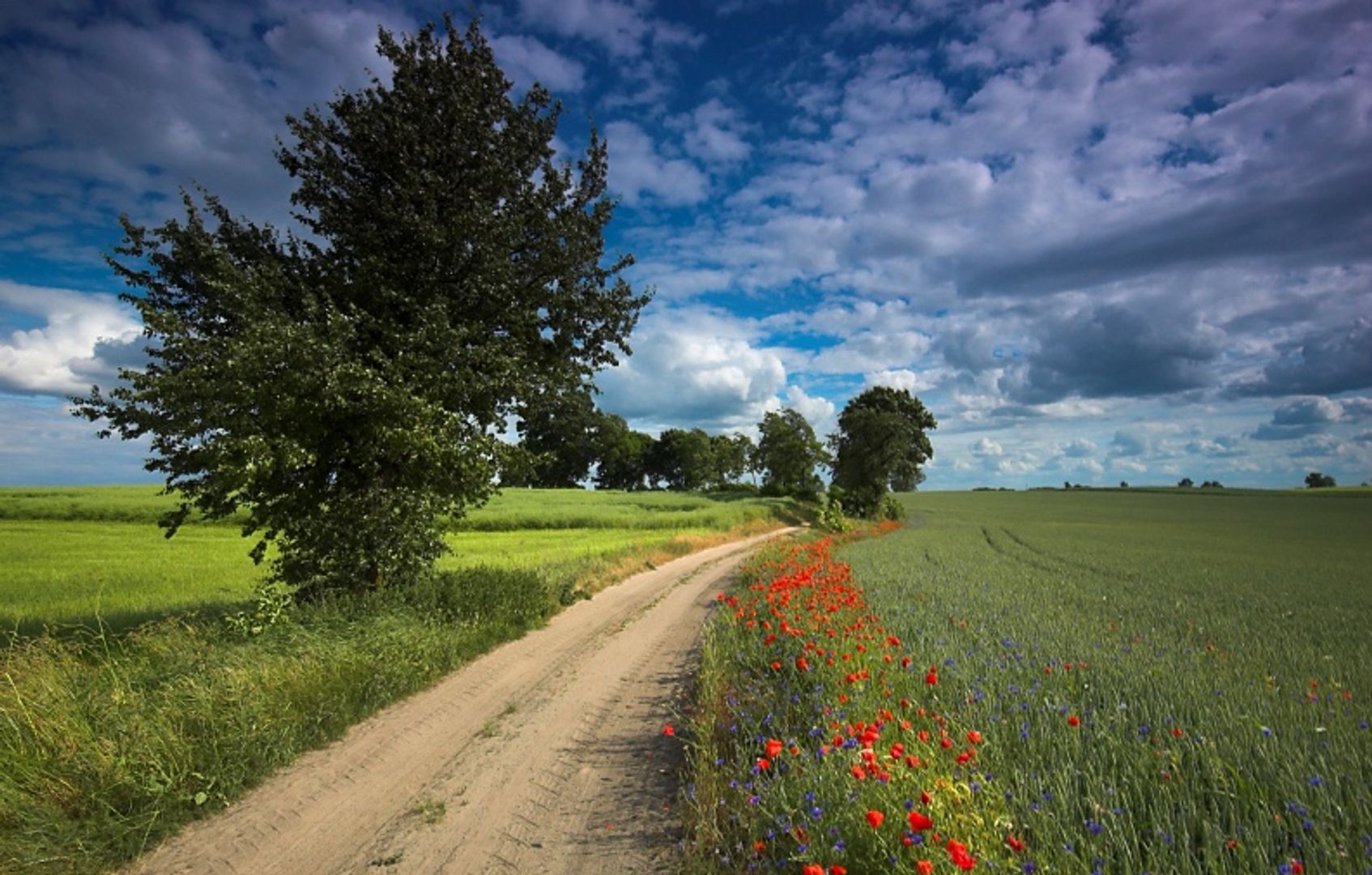
Overview
Krajeński Landscape Park is the largest landscape park in the Kuyavian-Pomeranian Voivodeship and the third largest in Poland, covering an area of 749.856 km². It is located in the northwestern part of the region and spans the counties of Sępólno, Nakło, and Tuchola. The park features a young glacial landscape with glacial formations such as eskers, drumlins, and moraine hills, with its highest peak being Czarna Góra, reaching 189 meters above sea level.
Numerous rivers flow through the park, the most important of which is the Orla River, and it is also home to over 80 lakes, including the largest ones: Więcborskie, Sępoleńskie, and Lutowskie. The park's flora is diverse, dominated by pine forests and mixed woodlands, and it includes significant peat bogs and marshes. Many protected plant species can be found here, as well as valuable forest communities, such as the Pomeranian beech forest.
The park's fauna is rich in mammals, birds, reptiles, and fish. Among the species encountered are beavers, deer, storks, herons, and protected species such as moose and black grouse. Krajeński Landscape Park is also rich in nature conservation forms, including 96 natural monuments and five nature reserves.
The region boasts architectural monuments dating back to the 14th century, including churches, manors, and palaces, such as the hunting palace of President Ignacy Mościcki. A notable feature is the diverse landscape, with lakes connected to river valleys, making the park an attractive destination for tourists and nature enthusiasts. The area also has a rich cultural and historical heritage, with many architectural landmarks that draw the attention of both tourists and locals.
Location
2025 Wizytor | All Rights Reserved
